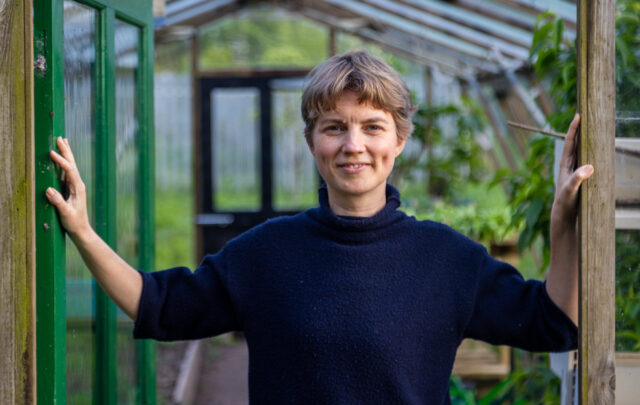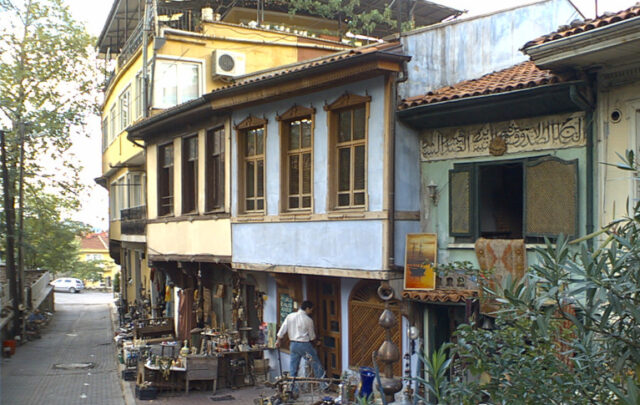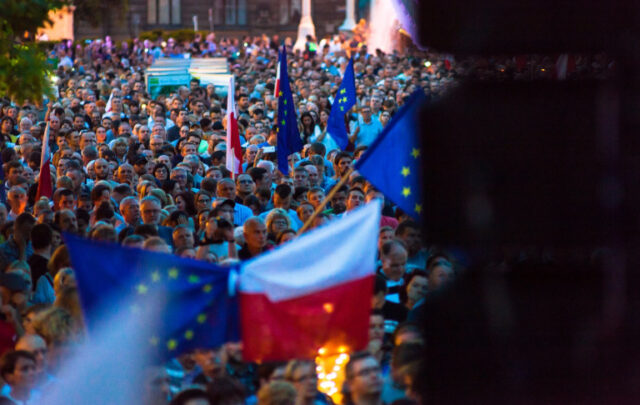The question “What is permaculture?” is notoriously difficult to answer in one sentence. It defies the “sound bite” culture we live in.
Let’s start with what permaculture is NOT. Seriously, it has nothing to do with permafrost. It is not sheet-mulching, though some may use that as a particular strategy. It is not a variant (or deviant:) of “organic,” though it may use many organic growing strategies. It is not getting a bunch of people together to stomp some mud in a kiddie pool and build a cob oven, though that’s a pretty darn good time in most permaculture circles. Finally, it is not some rarefied ivory tower of secret knowledge that only those who have worshipped at the church of the holy sacred PDC (permaculture design certificate) get to experience.
Permaculture, at its core, is a design process (1) and set of techniques (2) for creating resilient (3) and [truly] sustainable (4) human habitats and healthy ecosystems. (5) Now, I will footnote the daylights out of this definition, which is one of many definitions currently in use, all of which have virtues and drawbacks.
 (1) Yes, you have to do design, even if it’s only in your own head, that helps chart a course from where you are today to where you want to be going. Permaculture design, unlike many other design disciplines, is informed by a set of design ethics and principles which are flexible and powerful. Think of the permaculture design as a really, really well-thought out “map” for creating the best possible chance of manifesting a particular vision or set of goals. As with most maps, a printed,visual version of that is often far more helpful (especially in group settings) than that map you keep in your head. And, as with most maps, they only work if you know where you are and can formulate an idea on where you want to go.
(1) Yes, you have to do design, even if it’s only in your own head, that helps chart a course from where you are today to where you want to be going. Permaculture design, unlike many other design disciplines, is informed by a set of design ethics and principles which are flexible and powerful. Think of the permaculture design as a really, really well-thought out “map” for creating the best possible chance of manifesting a particular vision or set of goals. As with most maps, a printed,visual version of that is often far more helpful (especially in group settings) than that map you keep in your head. And, as with most maps, they only work if you know where you are and can formulate an idea on where you want to go.
(2) The techniques are not the discipline. Sheet mulching, swaling, herb spirals, flowforms, de-paving, renewable energy, cordwood saunas (OK, this list could run into next week, but you get the idea) are NOT permaculture, they are techniques and strategies that we may employ in the service of good design based in real, articulated goals and visions. Those techniques and strategies may be invoked when needed, just like you choose the best tool for the job out of your tool box. Permaculture design is one of the most powerful ways to expand, organize and then intelligently use the toolkit available to you.
(3) Resilient: the ability to withstand shocks or disruptions and the ability to bounce back and/or rebuild with the least possible amount of distress or dysfunction. I would posit that resilience comes in a bunch of flavors: personal, household, neighborhood/community. There are more, but for the purposes of permaculture design, these are the most common types of resilience that need attention and can be enhanced with good design. Creating integrated, healthy, whole ecosystems (within which human habitats are embedded) calls for organizing ourselves in a way that is not beholden to unlimited cheap fossil fuels and not reliant on stable, unchanging climate patterns.
 (4) Sustainable as a word gets put in the same bucket as “green” and “eco” for me. It’s like the hackneyed photo of the human hands holding soil and teensy weensy seedling. They are overused, examples of greenwashing and mean many different things to many different people. Technically, it means something that can be continued…what?…. indefinitely? As one of my students said recently, even “dysfunction can be continued indefinitely.” So, is that sustainable? I don’t have the new definition, so I use the word very sparingly and ask others what they mean when they use it.
(4) Sustainable as a word gets put in the same bucket as “green” and “eco” for me. It’s like the hackneyed photo of the human hands holding soil and teensy weensy seedling. They are overused, examples of greenwashing and mean many different things to many different people. Technically, it means something that can be continued…what?…. indefinitely? As one of my students said recently, even “dysfunction can be continued indefinitely.” So, is that sustainable? I don’t have the new definition, so I use the word very sparingly and ask others what they mean when they use it.
(5) A sort of core, or common, view among permaculture folks is that humans are a part of, and not separate from, the non-human ecosystems around us. Therefore, our fate is embedded in the fate of the interconnected set of relationships and elements in the broader world. As such, many of us use the term “landscape” to include people, buildings, villages, etc. along with forests, fields and streams. It is one integrated whole and the designs we create do focus on the “landscape” which includes food production, ecosystem health, soil fertility, buildings, energy, waste, economic systems and much more. Permaculture also seeks to learn from and work far more closely with the patterns of organization found in parts of our ecosystems that have evolved over several billion years. So we often model our design work and strategies on “patterns in nature” and encourage something called “pattern literacy.“
Every single one of these footnotes is worthy of complete exploration in its own right, and I may get around to that via this blog and encourage others to do so as well.
 And, while this is all very conceptual, one of the powerful things about permaculture is that it tends to attract real roll-up-your-sleeves and let’s-get-this-done kind of people. We do spend time thinking through design and learning new ways of working with and in the world, but almost to a one, permaculturists are actively changing the way we live, right now, starting at our own doorsteps and working out from there.
And, while this is all very conceptual, one of the powerful things about permaculture is that it tends to attract real roll-up-your-sleeves and let’s-get-this-done kind of people. We do spend time thinking through design and learning new ways of working with and in the world, but almost to a one, permaculturists are actively changing the way we live, right now, starting at our own doorsteps and working out from there.





